California has an ambitious target of selling electric vehicles exclusively in 2030 to lower greenhouse gas emissions. However, some EV industry opponents have taken their fight to the US Supreme Court in hopes of boosting natural gas sales.
The state has been pushing electric vehicle sales for the past few years in a last-ditch attempt to fight climate change, as temperatures soar and wildfires worsen every year.
What’s the Issue?

Energy companies and other industries that oppose California’s strict environmental rules are the opponents of the EV industry.
California is the only state with more stringent vehicle emissions standards than the federal standard. Although the Environmental Protection Agency (EPA) offers a limited number of waivers to waive the standards, energy companies want to find easier ways to continue doing business in the western state.
The Expectation for California
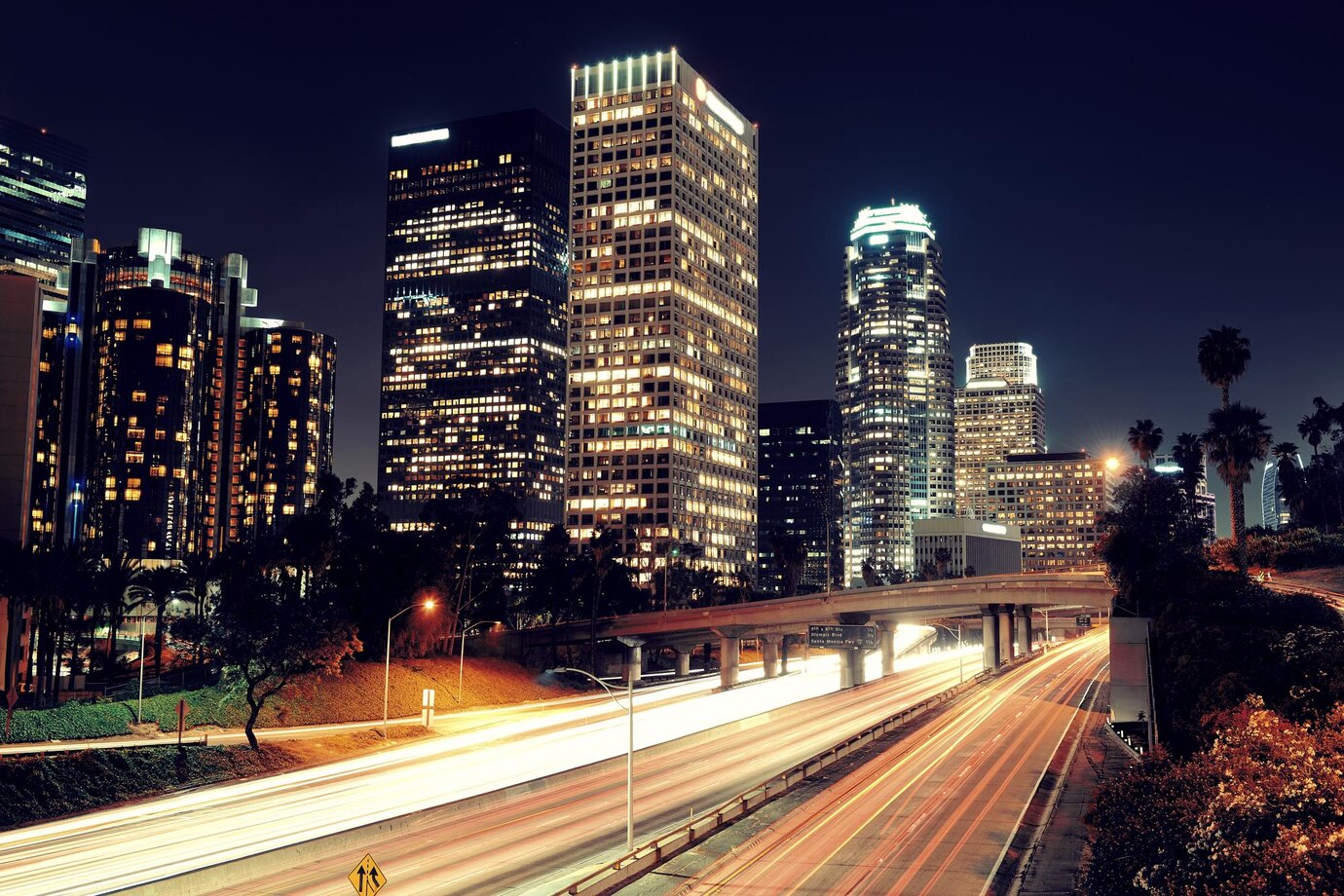
Freepik
This isn’t a new issue. For years, energy companies, corn growers, and industry associations have opposed strong environmental rules in California. The state became the only one in the US to request a waiver from the Environmental Protection Agency to set its own vehicle emission regulations that are more stringent than the federal standard.
The EPA made the expectation because the most populous state in the US has unique factors that make smog a bigger problem compared to other states.
Exceptions Are Often Allowed in California
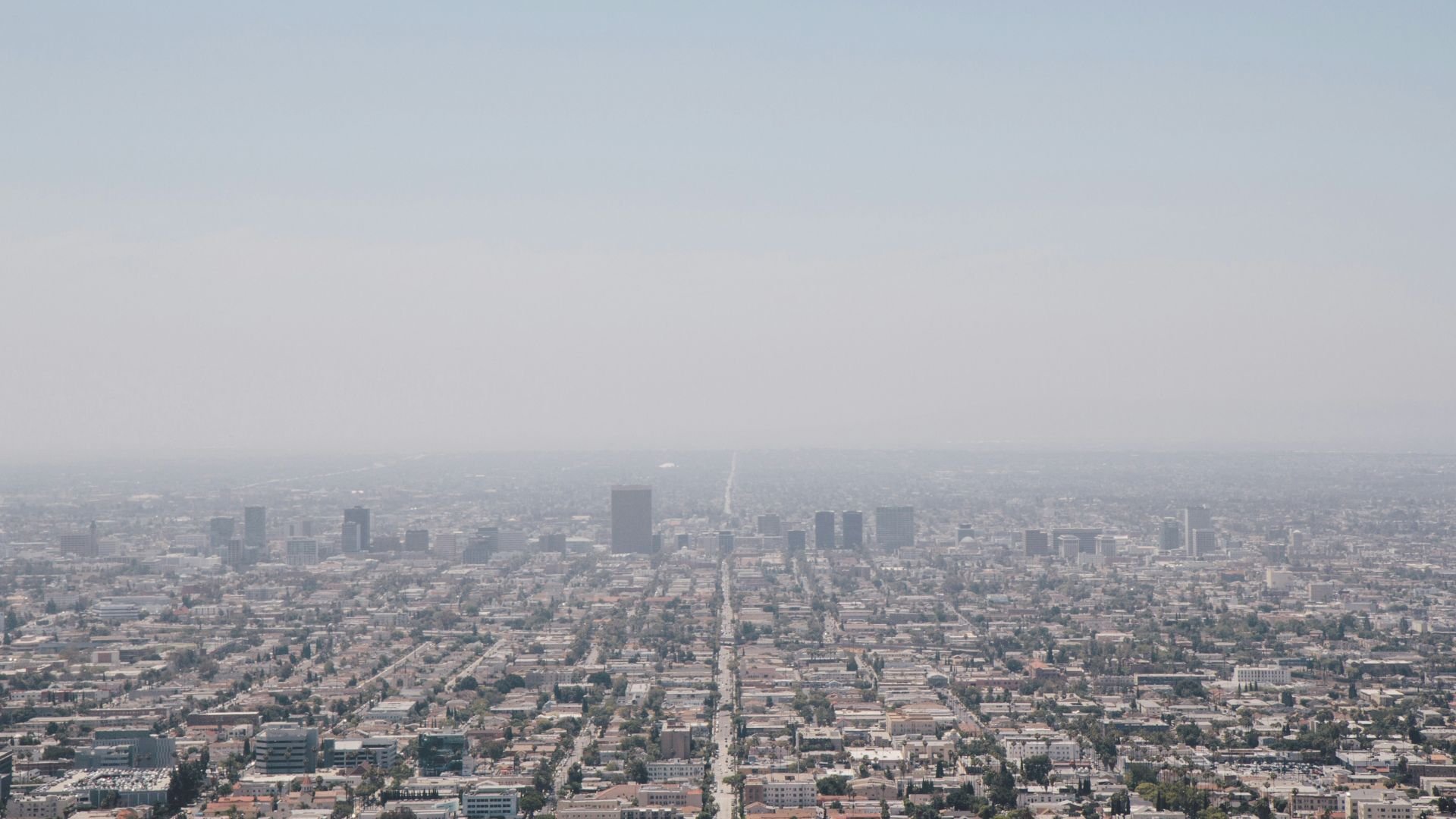
For several reasons, the EPA has often made exceptions for the emissions standards in California.
Because the state is the nation’s most populous, it has unique issues with geography, too many vehicles, and chronic smog problems to help restrict some of the issues.
The Faults of the Clean Air Act
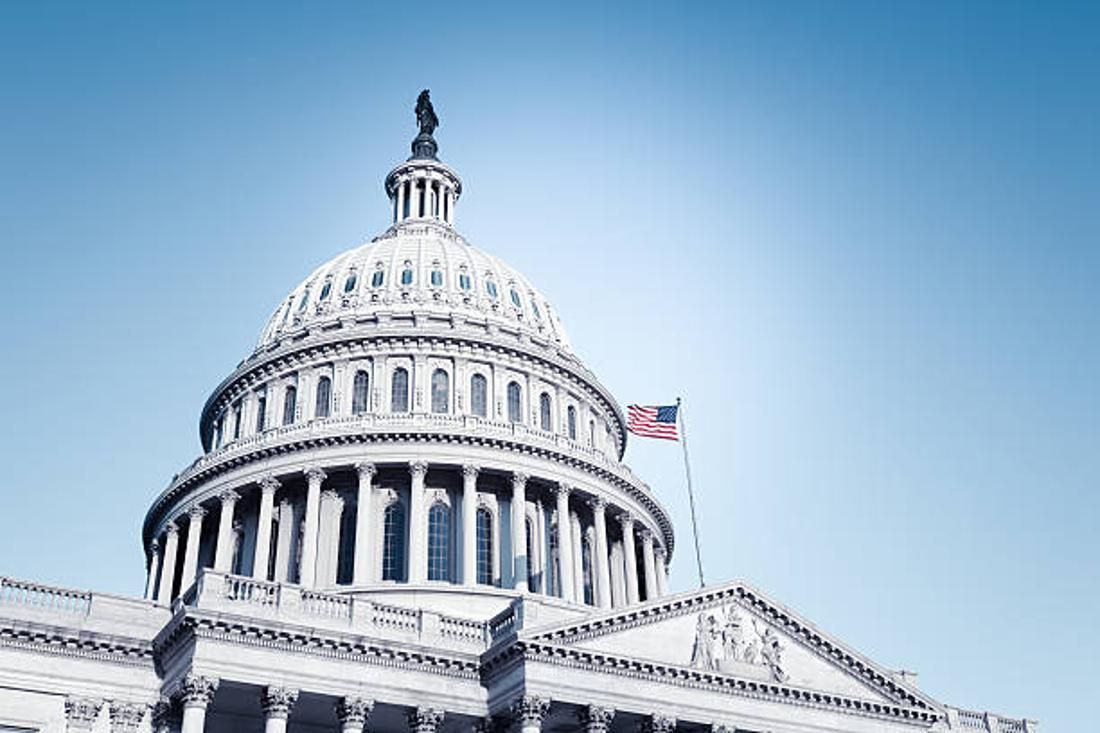
The EPA has been relying on the Clean Air Act to help fight car emissions that contribute to the ongoing climate crisis. The act sets rules on tailpipe emissions but does not expressly address greenhouse gas emissions from mobile sources like cars and trucks.
While the state and federal governments attempt to find ways to combat climate change and its correlation with gas-powered vehicles, the state has a bigger problem in its hands.
Information on the Lawsuit Filed

On Tuesday, Valero Energy Corp’s Diamond Alternative Energy and other plaintiffs filed a lawsuit with the US Supreme Court.
The group claims that when the EPA grants waivers for California’s Advanced Clean Car program for cars built between 2015 to 2025, it enabled the state of California to become a “quasi-federal regulator on global climate change.”
Plaintiffs Will Rely on Virginia’s Measures on EVs
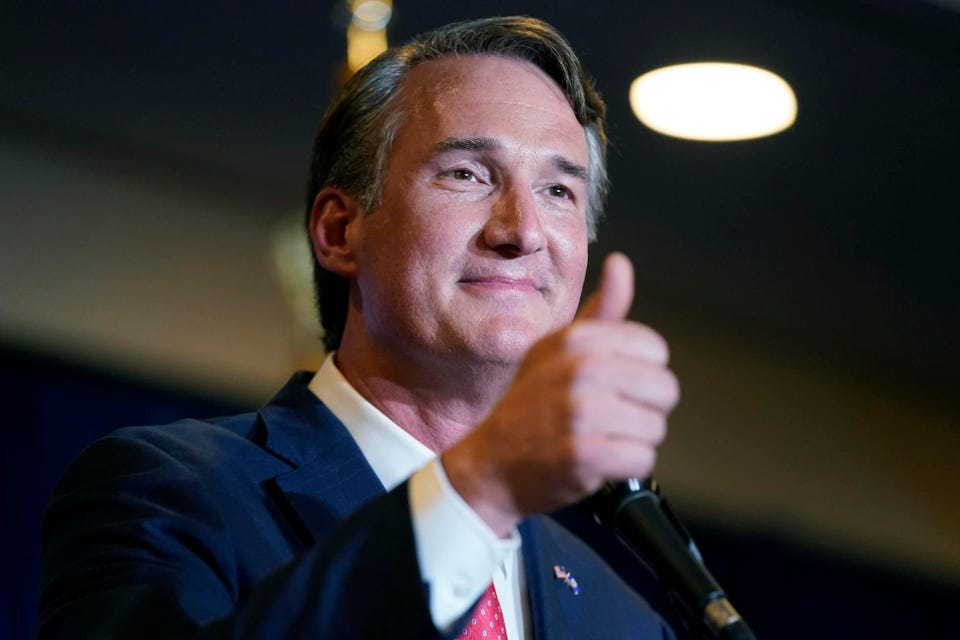
In the past month, Virginia Governor Glenn Youngkin announced that his state would no longer attempt to match California’s initiative to ensure that all new cars sold after 2035 are electric.
Along with citing the governor’s decision, the plaintiffs now rely on the Supreme Court’s 2022 ruling in West Virginia v. EPA. The decision states that explicit congressional authorization must be given for regulators to take consequential actions on issues of vast economic, political, and social impact.
Gov. Gavin Newsom Wants to Lead in Climate Change Measures
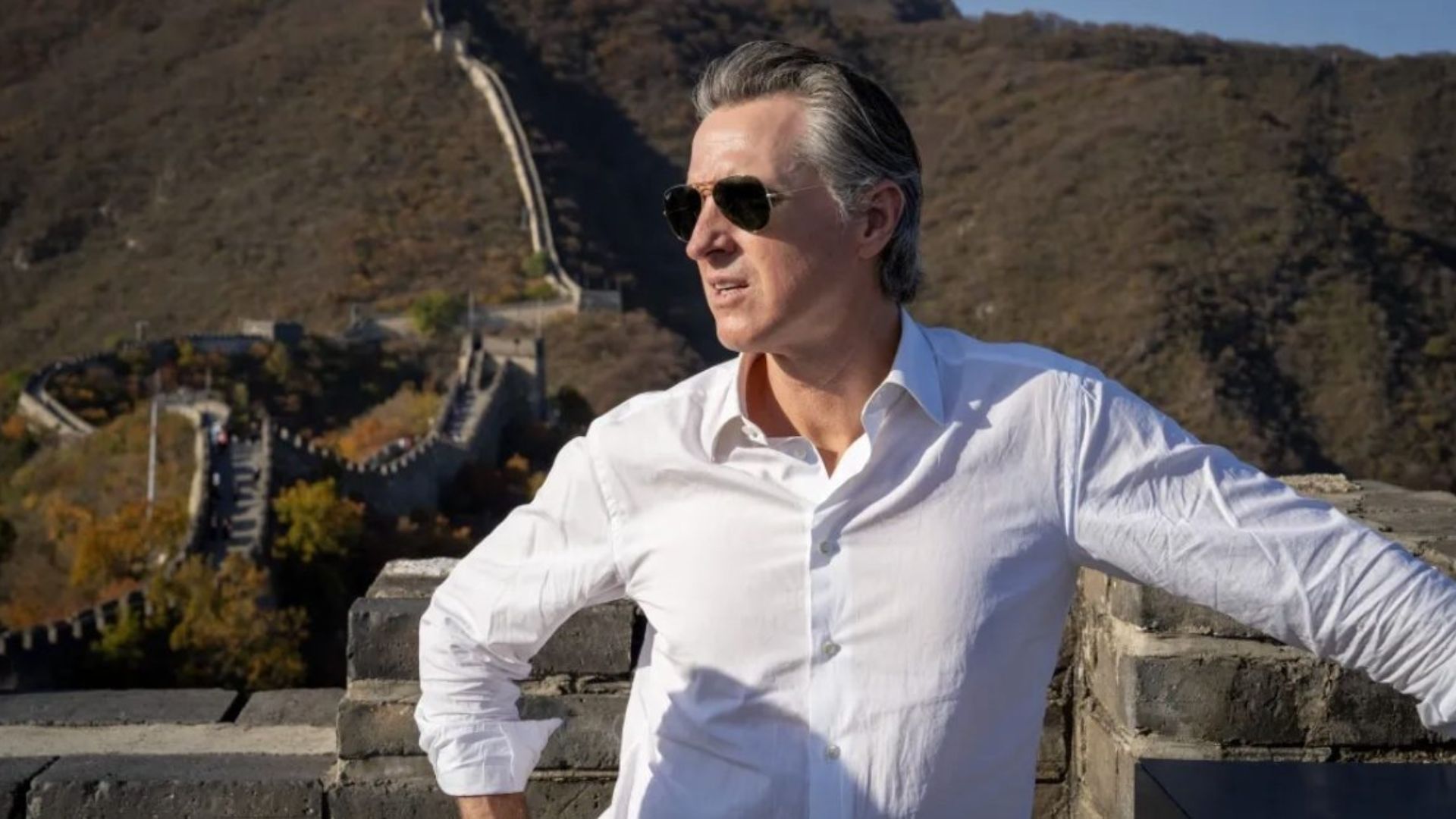
California Governor Gavin Newsom intends to make his state a leader in fighting climate change and global warming by targeting transportation emissions.
In California, car emissions account for a quarter of all emissions. This figure does not include pollution emitted from car manufacturing in the state.
Oil Companies Are Feeling the Pinch
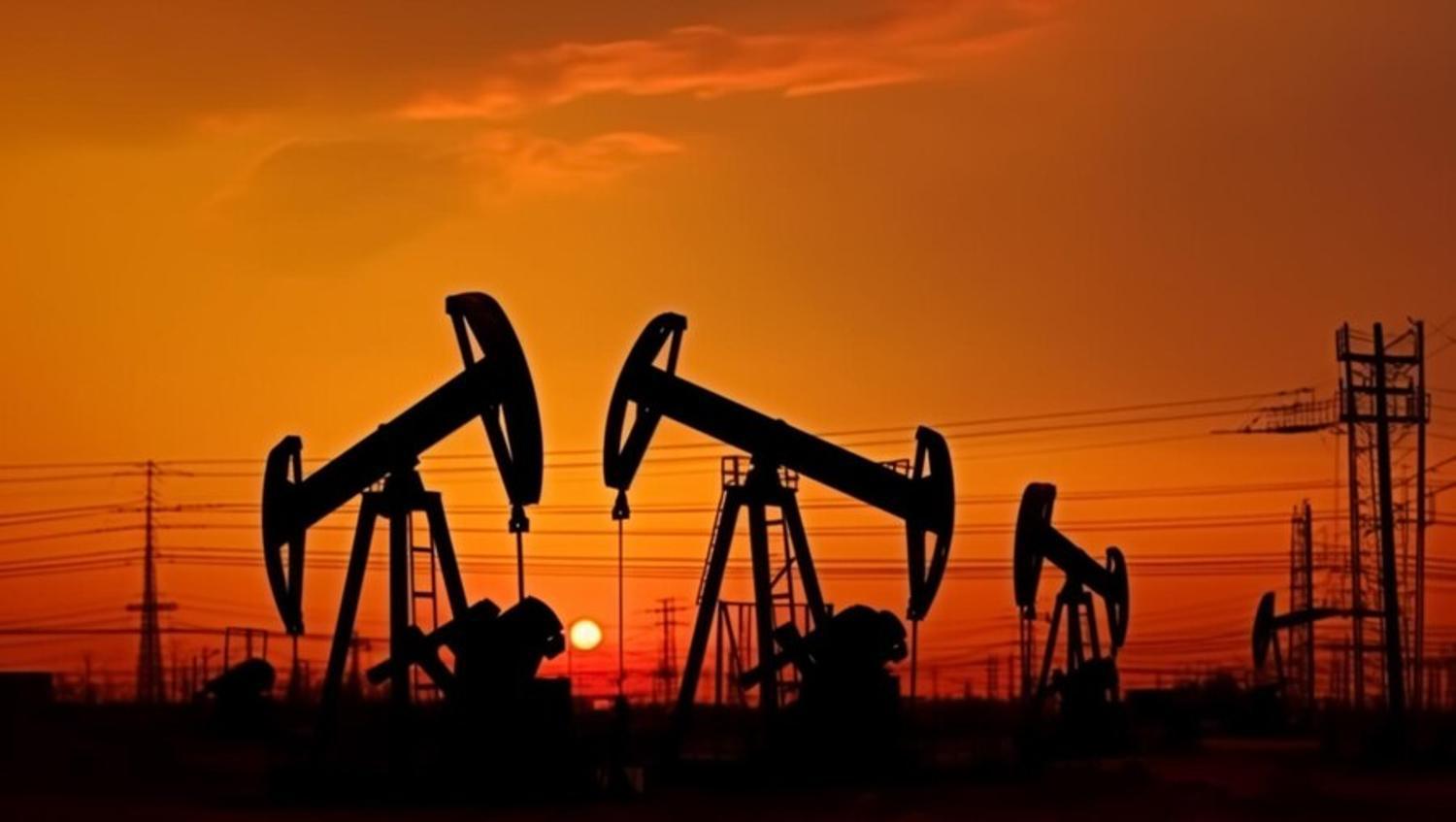
Although 70% of cars on the road are still gas-powered, many fossil fuel companies are beginning to feel the sting of low sales.
Oil companies and farming groups often contribute to the production of ethanol and tailpipe emissions. As well, several trucking firms and businesses have joined the fight to stop California’s rules on slashing greenhouse gas emissions, which are often pumped into the environment by long-distance semi-trucks.
Biden Has Plans to Increase Electric Trucks

One of the main initiatives of President Biden’s tenure has been to reduce greenhouse gas emissions and push new green energy rules.
His administration has recently been cracking down on air pollution standards and has finally hit the trucking industry. The measures finalized on March 29 will vastly increase the amount of electric trucks on the road, a move that has been largely unpopular with trucking and logistics companies.
Plaintiffs Say California is Reaching
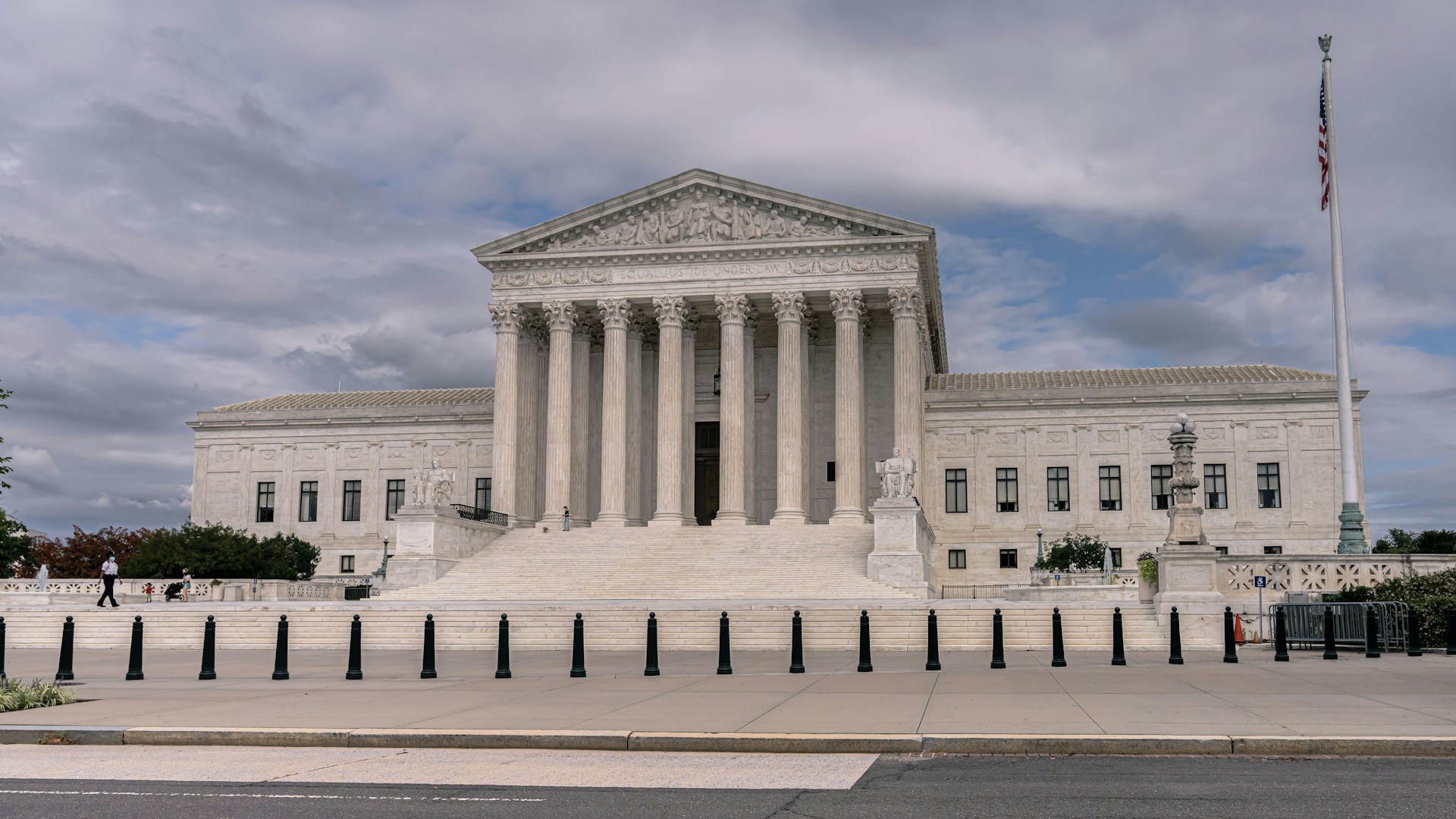
The lawsuit filed against California states that the state does not meet the requirement for provisions that would justify a waiver.
Since “Climate change is not an ‘extraordinary’ condition within California” because it isn’t a local issue, they say that the state does not need its own emissions standards to meet a global climate change level.
Does Cutting Down on Gas Cars Help the Environment?

Although it takes considerable resources to manufacture both electric and gas cars, EVs produce zero emissions when driving, which is a net positive for the environment.
In California, which has ongoing smog and pollution issues, electric cars have reduced the amount of air pollution by a considerable amount.
Will California Be Allowed to Set Greenhouse Gas Emission Standards?
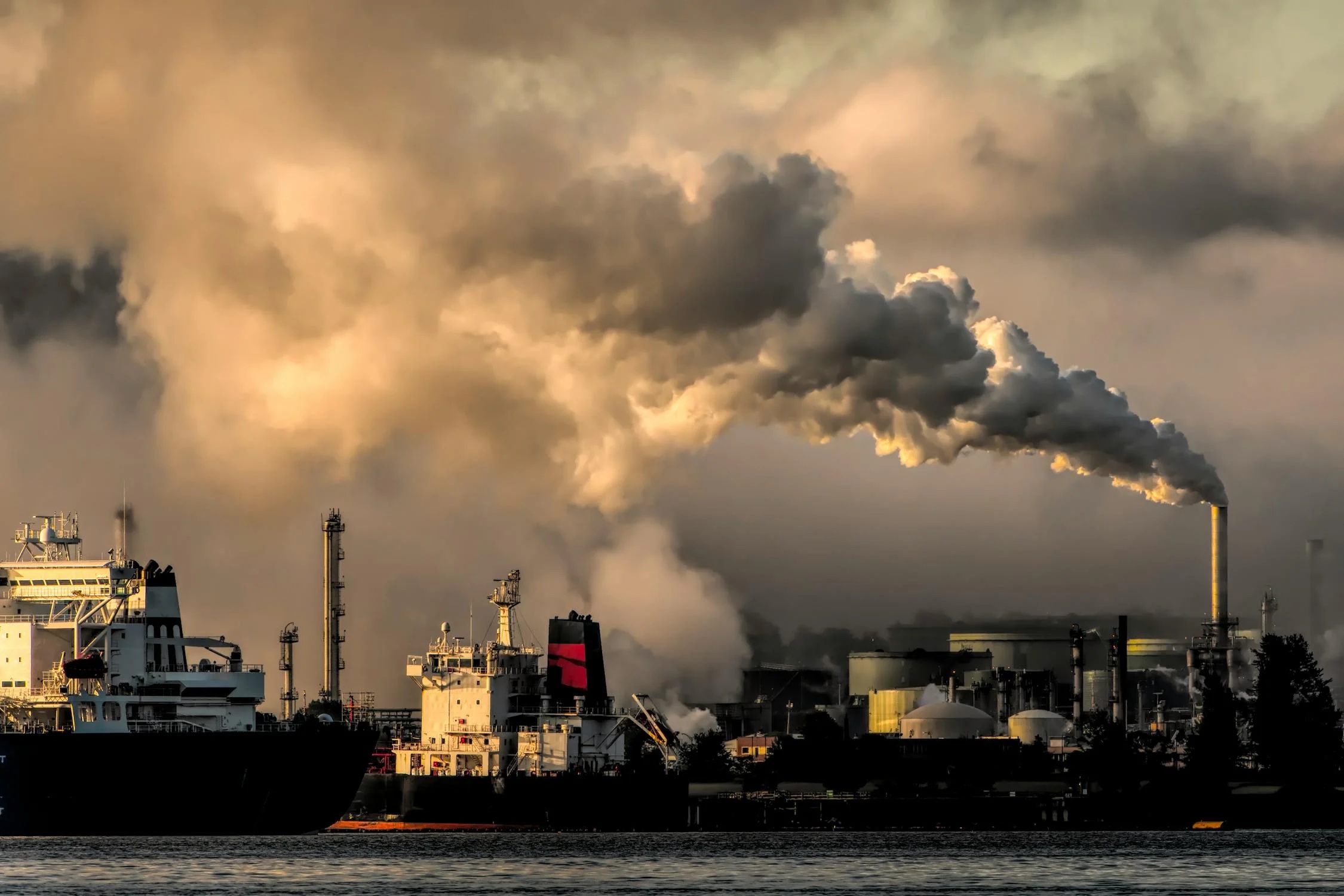
The question now looms of whether California will be allowed to set the standard for greenhouse gas emissions for itself and other states.
The parties suing the state think it doesn’t deserve this much power, especially since California has the EPA for a waiver in its plan to end gasoline-powered vehicle sales by 2035.
The Waiver Would Hurt the Gas Industry

The lawsuit claims that the “waiver and authority claimed here are the key parts of a coordinated agency strategy to convert the Nation from liquid-fuel-powered vehicles to electric vehicles,” which would hurt demand for petroleum fuels and biofuels.
Other plaintiffs involved in the case include American Fuel & Petrochemical Manufacturers, the Kansas Corn Growers Association and the National Association of Convenience Stores.
The EV “Wild West”
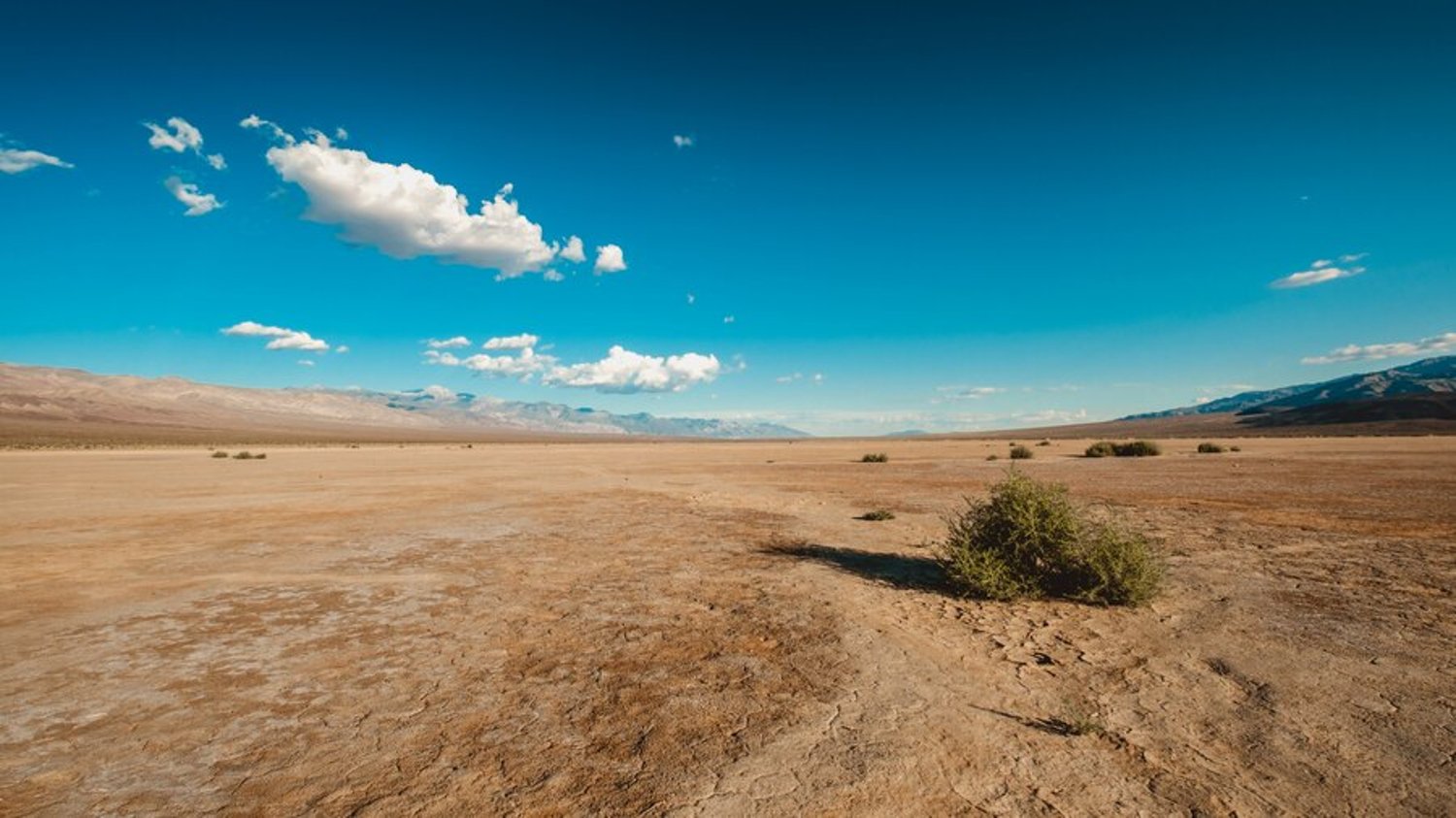
Another complication that Newsom will have to deal with is the pricing for charging stations. Researchers discovered that EV drivers are dissatisfied with EV charging station pricing models, likening the situation to the “Wild West.”
Although gas station prices may vary slightly, charging stations–both traditional and fast charging–have wildly different prices that remain unadvertised until you arrive, putting consumers between a rock and a hard place.
The EV Charging Drought
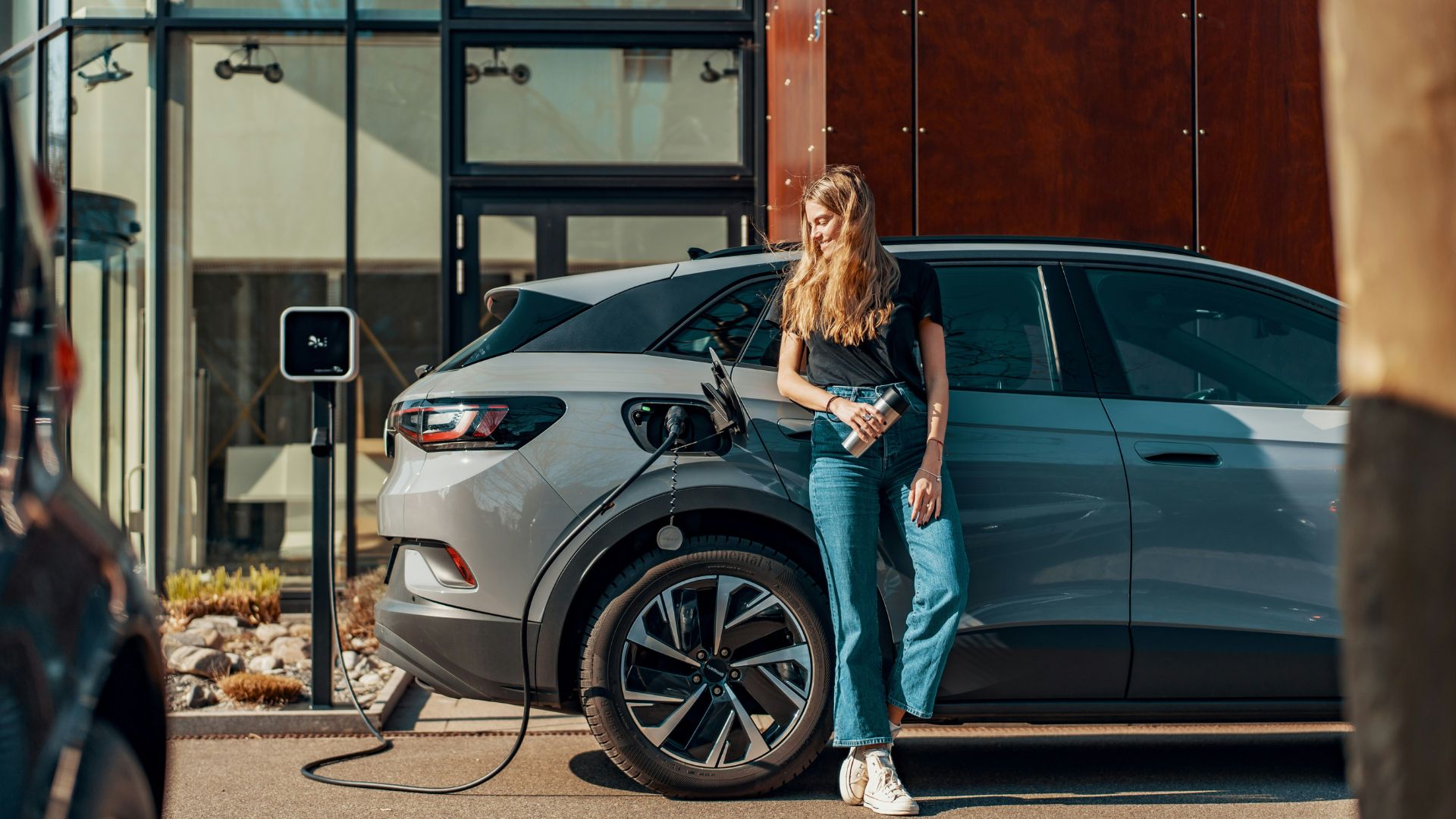
California is one of the most unforgiving places for electric car drivers. According to the US Department of Energy, only four fast-charging public stations serve the nearly 50 miles of the state’s Imperial Valley, which covers 4,500 square miles.
That means that the 1,2000 Imperial Country residents who own electric cars have to plan their driving schedule around the existing charging stations (via Energy News).
California’s Push for EV Doesn’t Match its Infrastructure
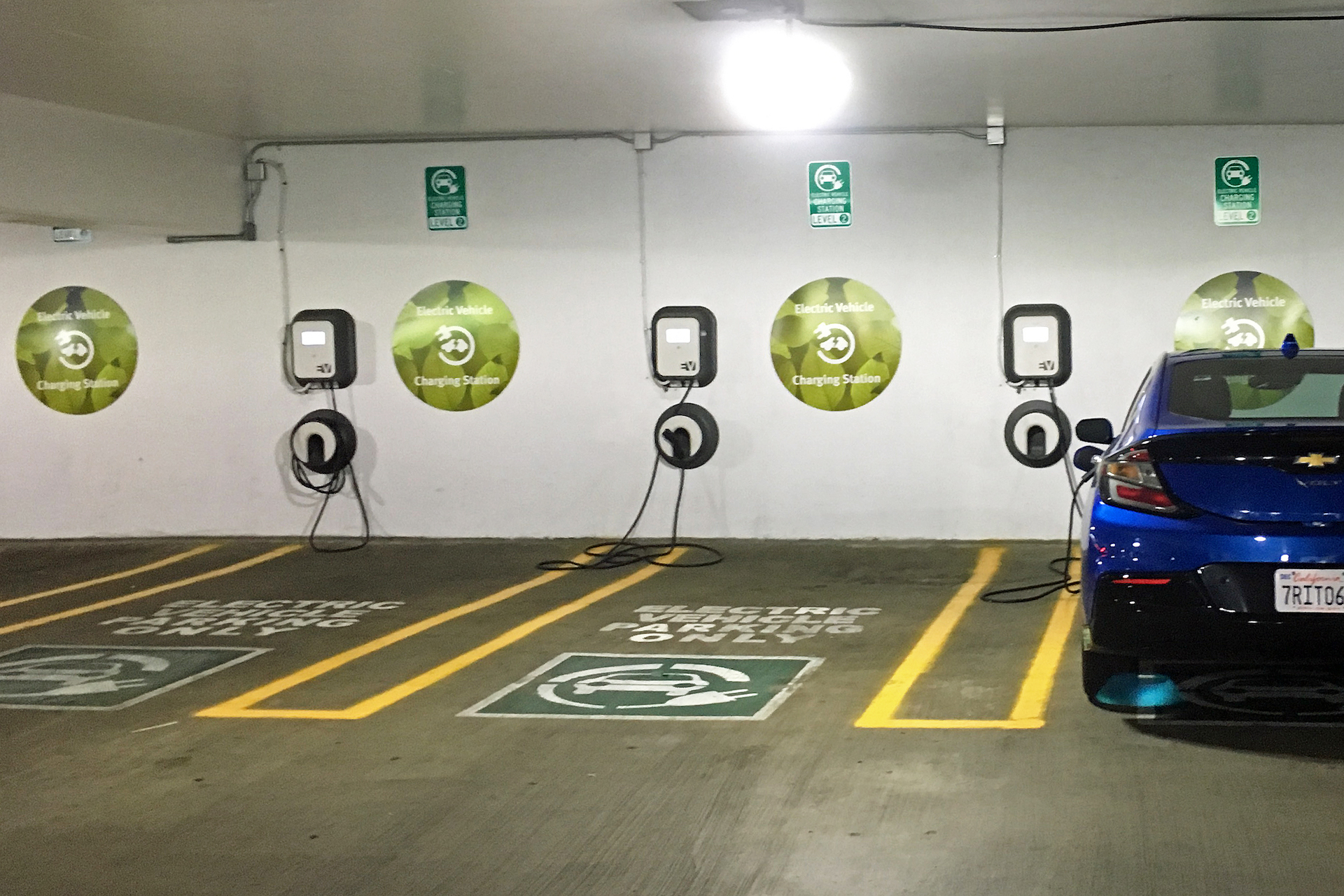
California’s electric charging infrastructure has been one of the biggest obstacles in the state’s efforts to fight back on air pollution and climate change.
However, the slow installation of charges in the state’s remote regions could jeopardize the state’s goal to phase out new gas-powered cars by 2035.
The Lack of Charging Stations
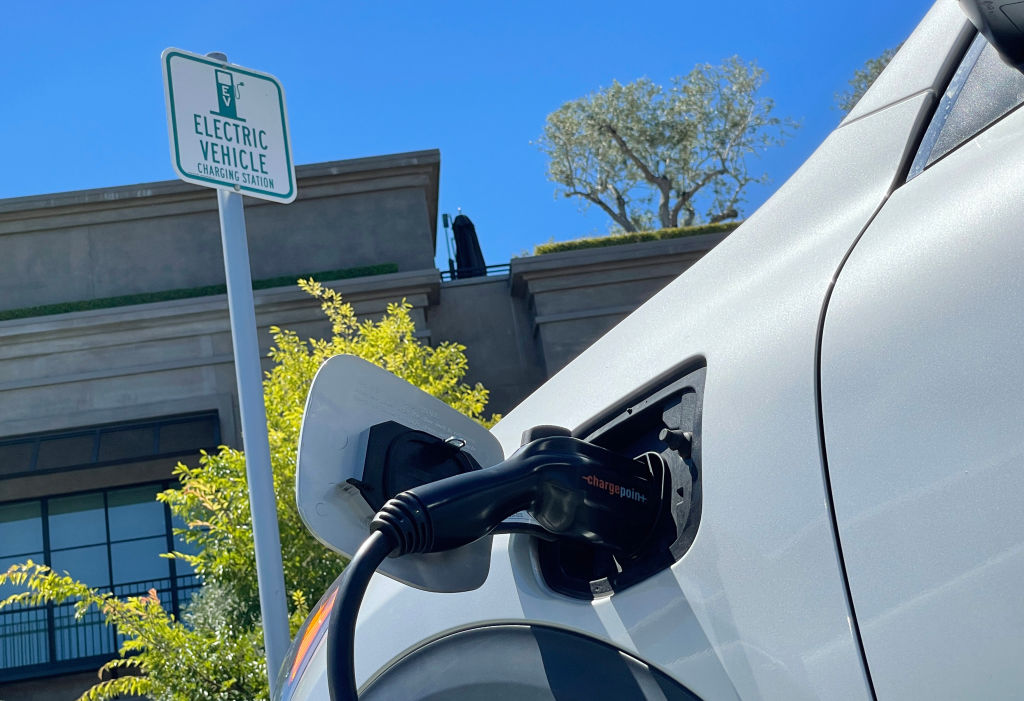
People living in rural, low-income regions like the Imperial Valley have the least access to electric cars and charging stations, according to the State Energy Commission analysis (via Energy News).
More than two-thirds of California’s low-income residents are a 10-minute drive or longer from a publicly available fast charger.
Newsom Works With Tesla
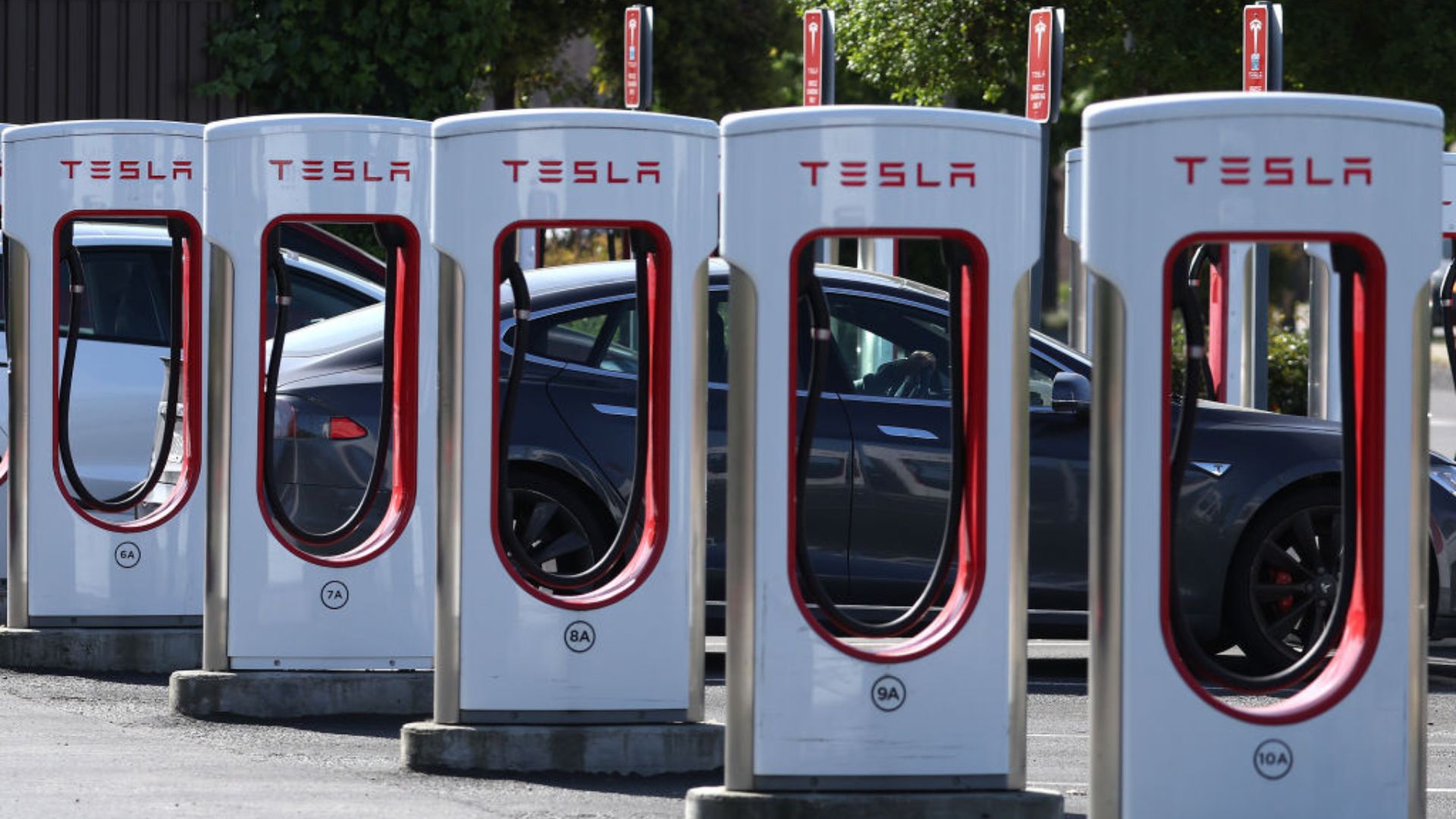
Newsom is attempting to solve this problem by working with Tesla to build a bigger and better charging network in the state, mandating that there will be one electric vehicle fast charging station for every five gas stations.
However, this news was announced before Tesla CEO Elon Musk laid off the supercharger team in May.
The Need for Two Million Charging Stations

According to a report from the Fields and Transportation Division of the California Energy Commission, California must install more than two million chargers by 2035 to realize Newsom’s dream of making EVs the main type of car on the state’s highways.
“California cannot meet its transportation electrification goals without ensuring there is a sufficient supply of reliable charging infrastructure,” the report notes.
The Want for More
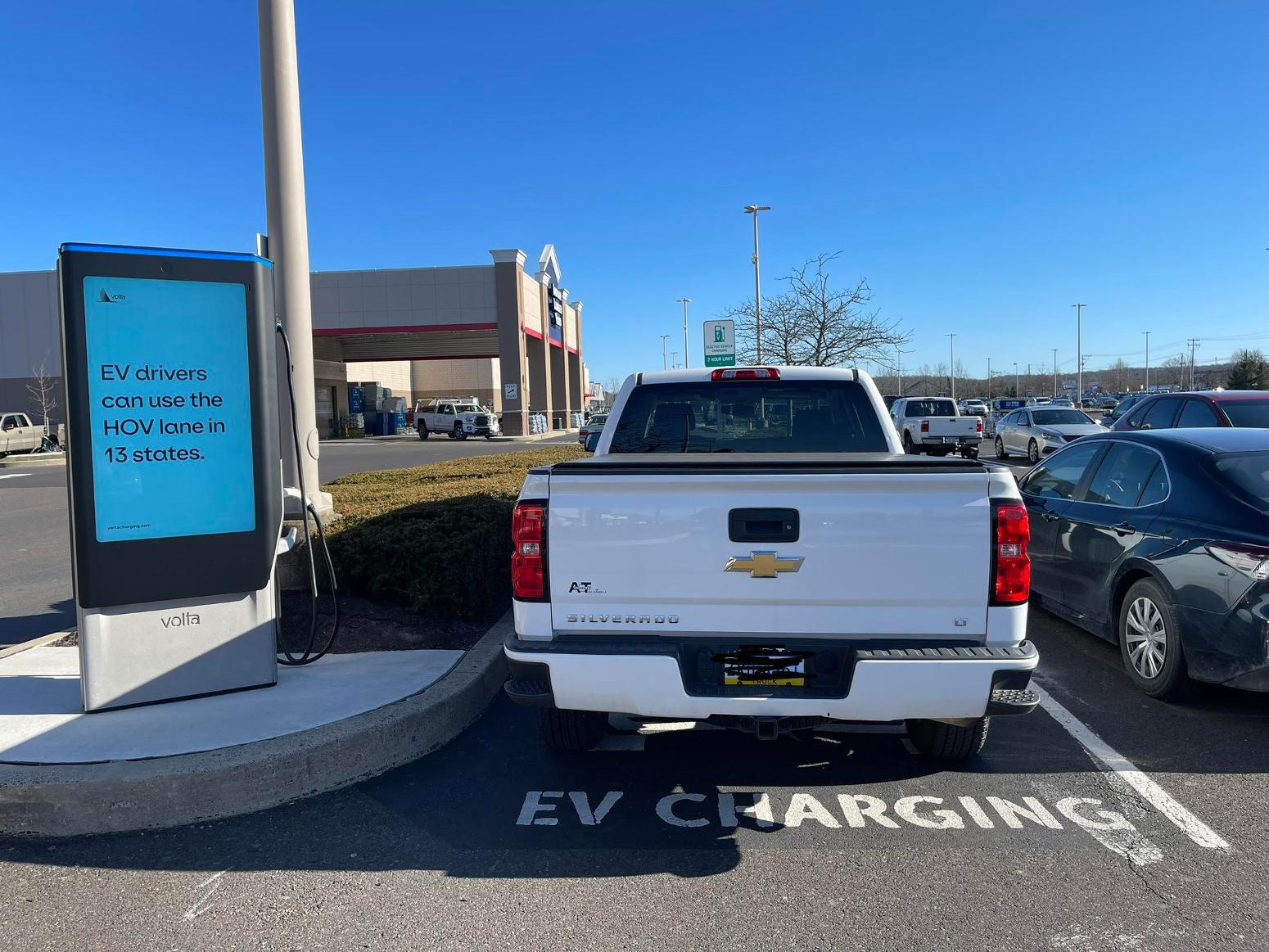
“We want to get more infrastructure out,” Hannon Rasool, Director of the Fields and Transportation Division, California Energy Commission, said to NBC Los Angeles. “Our modeling and analysis shows we need approximately one million chargers by 2030.”
The current steps wouldn’t just implement more charging stations but will track another major issue Californians are having with EVs.
Another Fault for EVs
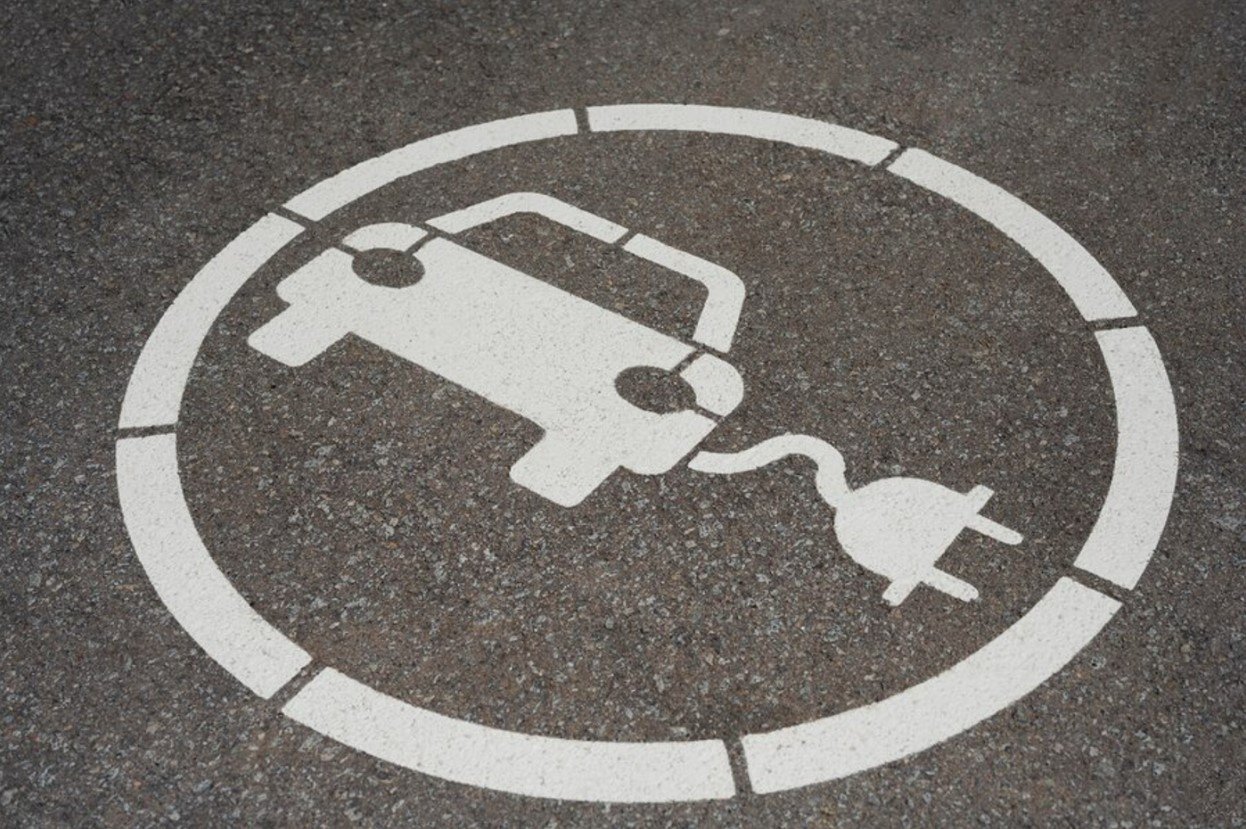
In a recent study by the Harvard Business School, the researchers found that one in five public EV charging stations work. Researchers analyzed data from over 1 million public EV charging station customers using customized AI models to make this discovery.
With a reliability score of 78%, charging stations are less reliable than regular gas stations. The lack of charging stations is causing a wave of “charging anxiety” for EV drivers.
Less Reliable
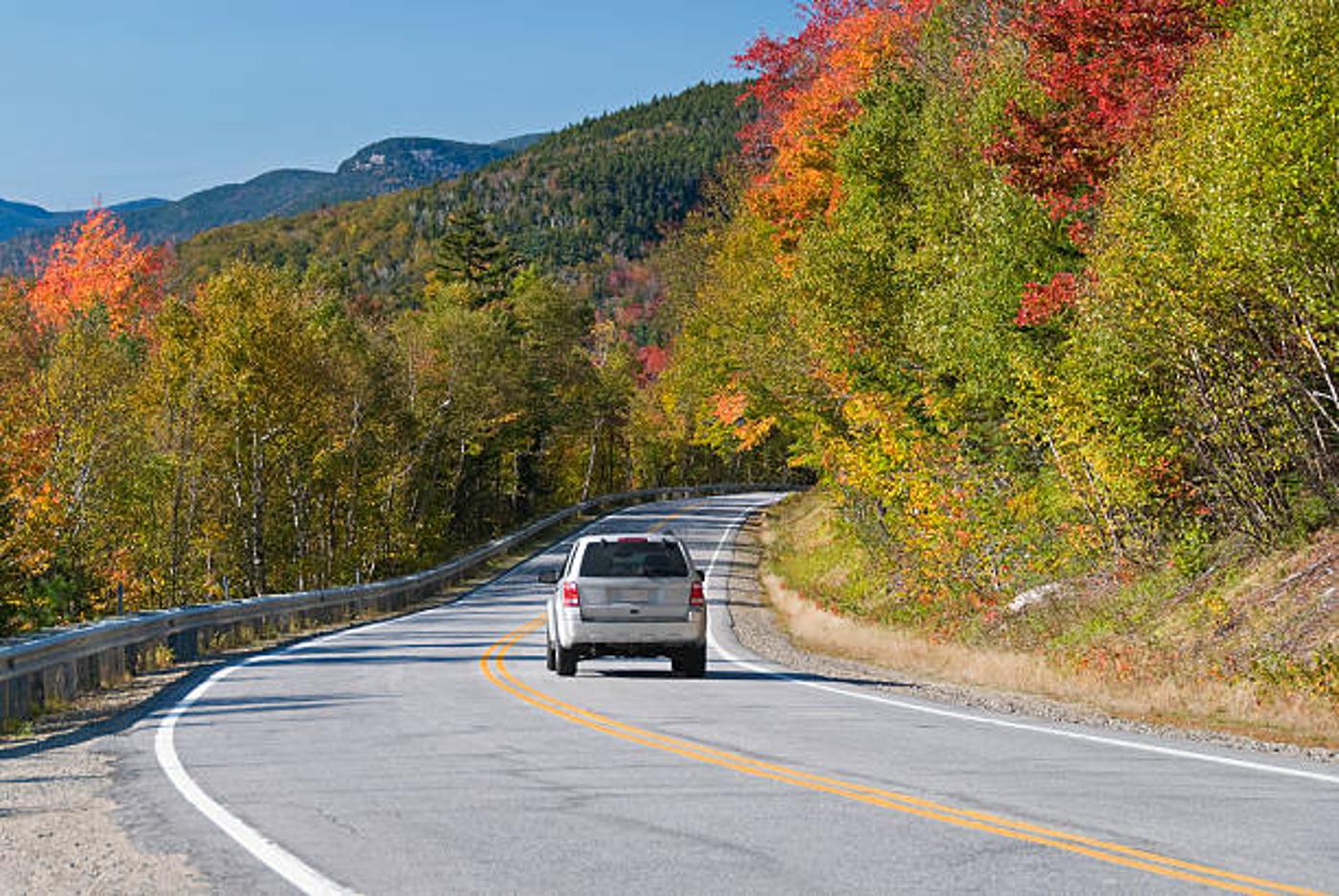
“Imagine if you go to a traditional gas station and two out of 10 times the pumps are out of order,” Omar Asensio, a climate fellow at Harvard’s Institute for the Study of Business in Global Society who led the study, said in a post detailing the results.
“I couldn’t even convince my mother to buy an EV recently. Her decision wasn’t about the price. She said charging isn’t convenient enough yet to justify learning an entirely new way of driving.”
Broken Charging Stations
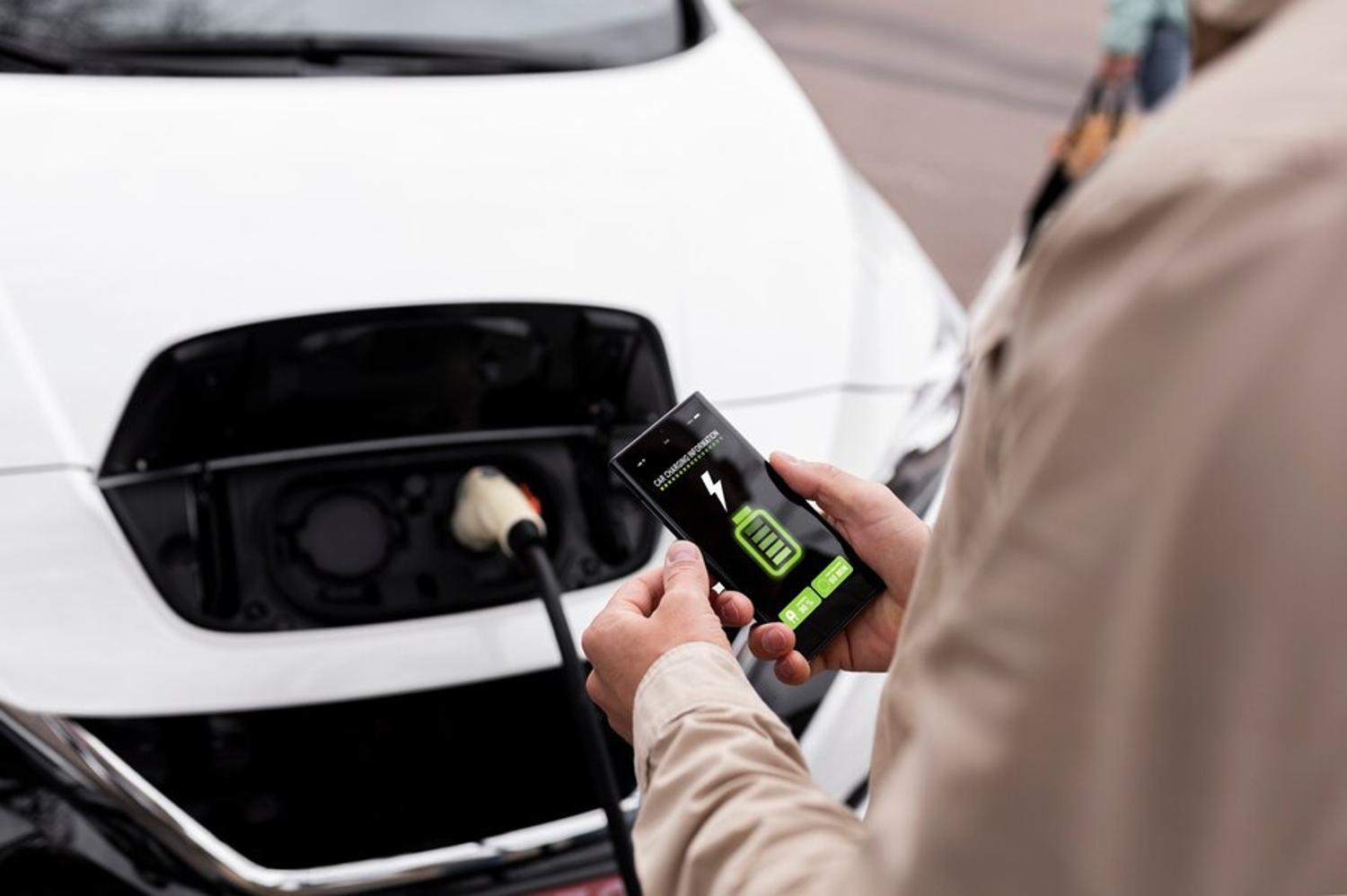
EV drivers often find broken equipment at the charging stations, making it impossible to charge their EVs. The problem is that it takes a while for these stations to be fixed as no one is maintaining these stations.
With limited stations, drivers line up to charge up. This can lead to some drivers getting into confrontations with other drivers.








































